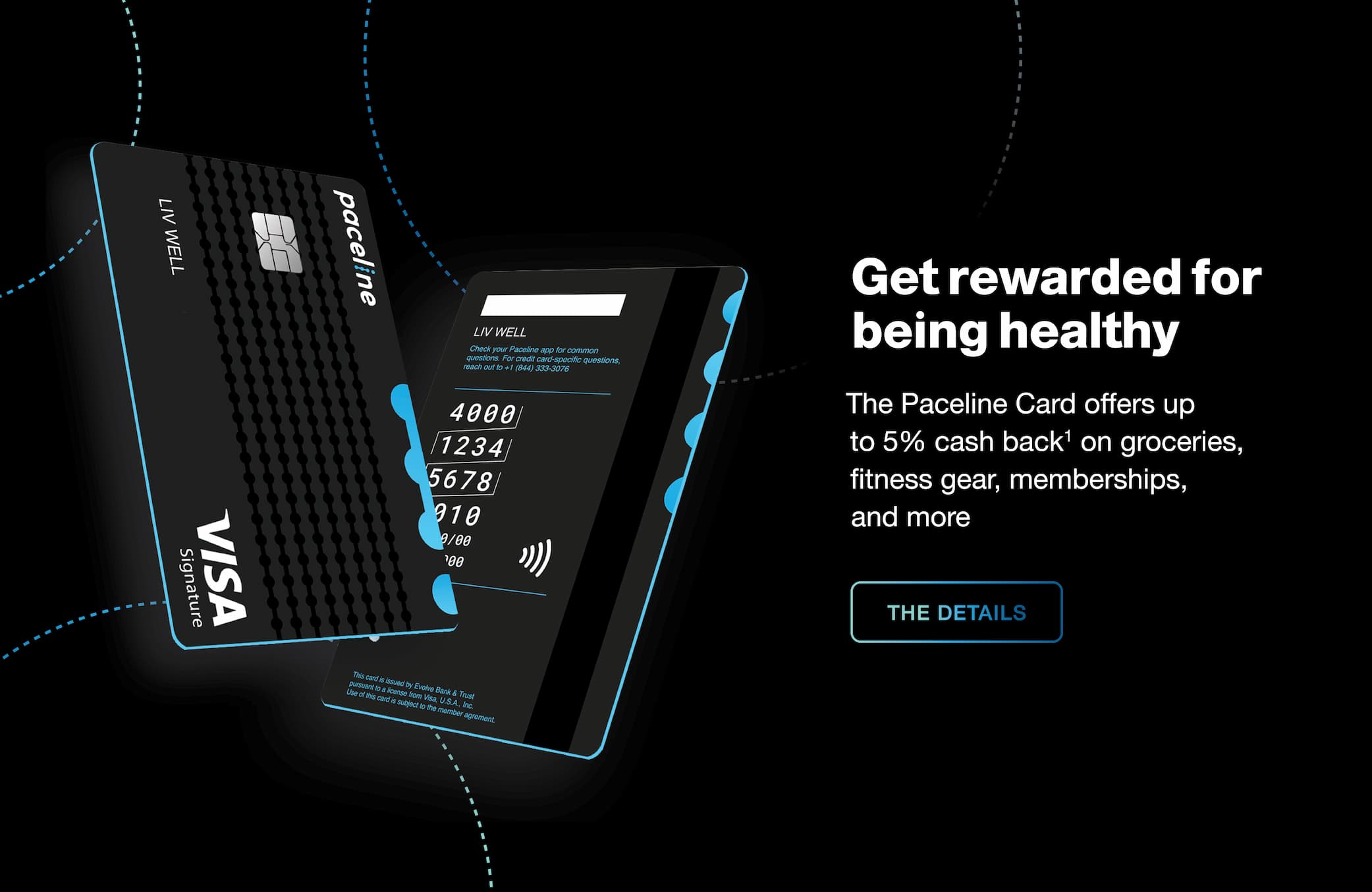Why, oh why does it seem like there are never enough hours in the day—and way too many minutes spent in back-to-back meetings? If you’d rather be moving your body than hunching over your laptop or sitting through another coworker coffee, lunch, or drink, it could be time to try “sweatworking,” the practice of networking while clocking a sweat session—or at least a couple of extra steps.
At Paceline, we love this concept. In fact, our founder and CEO, Joel Lieginger, just led a 25-mile networking bike ride along the Rio Grande Trail in celebration of Aspen Ideas HEALTH 2022.
So, we want to help you make sweatworking work for you, too. Below, everything you need to know, including the benefits of the practice and tips for getting started.
Benefits of Sweatworking
There’s no question that combining movement and socialization can save you precious time. “Doing something active while you meet people can be a great two-for-one special,” says Elizabeth Grace Saunders, time management coach and author of several books including The 3 Secrets to Effective Time Investment: How to Achieve More Success with Less Stress. “You get to work out and connect with people. It’s a win-win.”

Unlike multitasking, which can compromise productivity, Sanders considers sweatworking to be “layering,” effectively checking multiple tasks—that is, sweating and socializing—off your list in one fell swoop.
Whether you’re meeting with a mentor, getting to know a colleague, feeling out a new job opportunity, or simply looking to expand your network, doing so beyond the boardroom can help you connect with others on a more personal level and do your body good.
How to Make Sweatworking Work for You
Use these sweatworking tips to plan the ideal outing that helps you bond with contacts—in the most professional way, of course. All of your HR department’s rules still apply here, so make sure to use your judgment when coordinating activities.
- Keep it comfortable.
While your idea of a good time could involve a killer CrossFit WOD, an invitation to join you could floor a colleague who hasn’t hit the gym lately. When choosing a sweatworking activity, make sure it’s appropriate for both of your ability levels to ensure it doesn’t leave your contact injured or—maybe even worse—embarrassed.
Also keep in mind that activities requiring you to exert max effort could be a poor choice when sweatworking with newer contacts. “Unless you know the person extremely well, it could feel awkward to be sweating or breathing that hard next to them,” Sanders says. Similarly, sweatworking activities that require you to wear something much different than your typical business attire (think: a bathing suit) might not be ideal for colleagues.
- Work sweatworking into the workday.
While taking a lunch hour stroll can provide a welcome break for you and your colleagues, doling out an invitation for an early morning, late night, or weekend event could infringe on personal time, Sanders warns. When possible, opt for activities that can take place during business hours—or at least provide an easy out when making plans outside of the workday.
- Consider a setting’s sound and structure.
If you’re both die-hard indoor cycling fans, signing up for side-by-side bikes could be a fun way to connect over shared interests—particularly if you’re situated to mouth a knowing, “I’m dying!” to one another between songs. But remember that meaningful conversation is pivotal to building genuine connections, and instructor-led environments full of loud music aren’t exactly conducive to chatting.
“When you do something like hiking or playing golf, there’s enough time to connect with people,” says Sanders, who’d recommend these activities over a highly structured fitness class which requires great effort and focus with few opportunities for talking.
- Plan part two.
“After practice on Saturday mornings, my swim and triathlon team has a group of about 15 to 20 people who gather at a local diner for breakfast,” says Sanders, who is all for sweatworking, but still recommends stereotypically social environments to ensure meaningful conversation takes place in addition to activity.
- Set a goal together.
Much like a recurring lunch date could deepen a professional relationship, regular training sessions for a 5K or a bike race might present an opportunity to connect inside and outside the office. After all, there’s nothing like high-fiving a work friend at the finish line—and again (virtually) on Monday morning when you ping each other over Slack.
- Opt for group activities.
Group events such as a work softball league can help to allow peers of all seniority levels to connect without the intensity of a one-on-one interaction, Sanders says. In other words, the more the merrier.
- Look for unplanned sweathworking opps.
Sanders joined her swim and triathlon team simply because—like many of her teammates—she enjoys working out. “It hasn’t led to new clients, but I might have found a new accountant,” she says. The moral of the story: You never know where you’ll meet the next valuable contact, so keeping an open mind as you pursue your own fitness interests may lead to some organic sweatworking.


